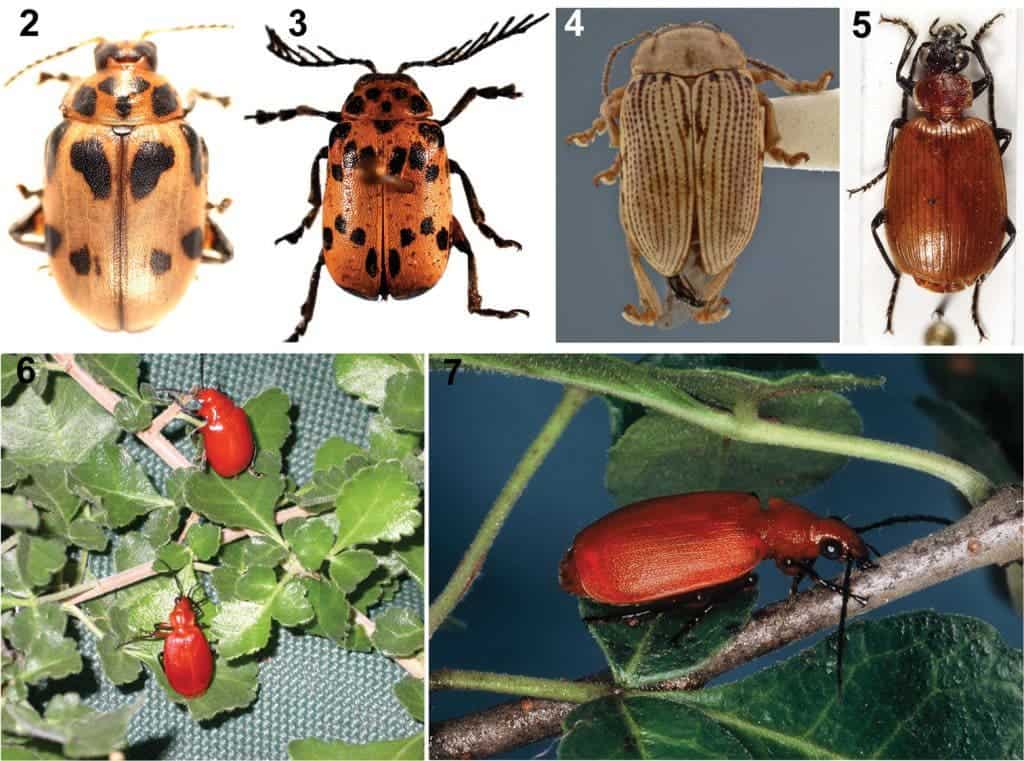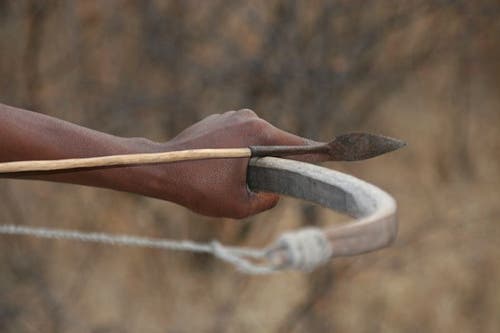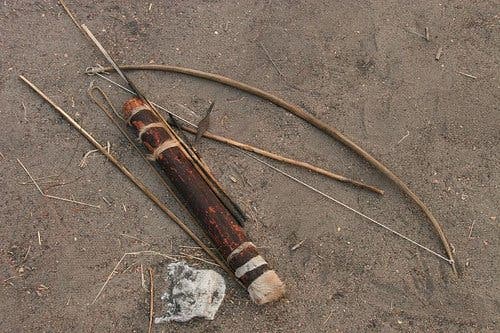No one knows when Namibia’s San tribes first learned to use poisoned arrows, but by all accounts, it dates to ancient times. Hunting using tools like a bow and arrow are a magnificent display of human ingeniousness. Upgrading them to poison, however, is a lot more subtle and marks a shift in cognitive behavior since it involves a deep understanding of the environment, even an innate sense of chemical interactions without knowledge of chemistry per se.
Dr. Caroline S. Chaboo at the University of Kansas, and colleagues studied various modern San groupings from Namibia which still live very much like their forefathers. Restrictions, modern tools, and change in lifestyle, in general, make it very difficult to explore these dying arts and crafts. The researchers were, however, given a unique opportunity and followed bushmen as they tracked the game animals and used ancient poisoned arrows.
The San bushmen have lived in Southern Africa for tens of thousands of years. The San are said to be descendants of Early Stone Age ancestors. They are nomadic groups living in temporary shelters, caves, or under rocky overhangs. The arrival of the first European settlers in 1652 in Southern Africa sparked clashes as they sought new territory they exterminated the Sans whom they deemed to be inferior to wild animals. They called them “Bushmen” and proceeded to wipe out 200,000 of them in 200 years. They also sold them in slave markets and to traveling circuses.
For their poison, the bushmen look for certain beetle larvae, found in the ground. They dig it up, then carefully pluck the larvae whose skin holds the poison. The hunter then rubs the larvae against a stick that serves as a pestle and extracts the tissue onto an old giraffe or kudu knuckle bon. Hereupon the poisonous tissue is mixed with a particular pea flowering plant species and the beans from others.

During the whole process, the hunters are very careful and once the mix is done, they discard the remnants far away from the community, Chaboo says.

Once struck with the arrow, the prey will be paralyzed within several hours. Large game like giraffe takes as much as 3 days. The bushmen track the prey, then make the final kill.
“Although these San communities live short distances apart, their arrow poisons are diverse, pointing to an incredibly intimate knowledge of their environment,” explain the researchers. “The discovery of arrow poisons was a significant evolutionary step for humankind, yet we are facing the last opportunity to document arrow-poison use in southern African hunter-gatherer societies.”
“Ethnological data collection such as ours, including the collection of terms in the local vernacular, can open new avenues of research about variations in ecology, fauna and flora,” they conclude in the paper published in ZooKeys.
Despite lacking sophisticated technology or science, these people are very ingenious and know how to mold the environment around them to their needs. They provide a window back in time, one that might not be opened for too long, unfortunately.





